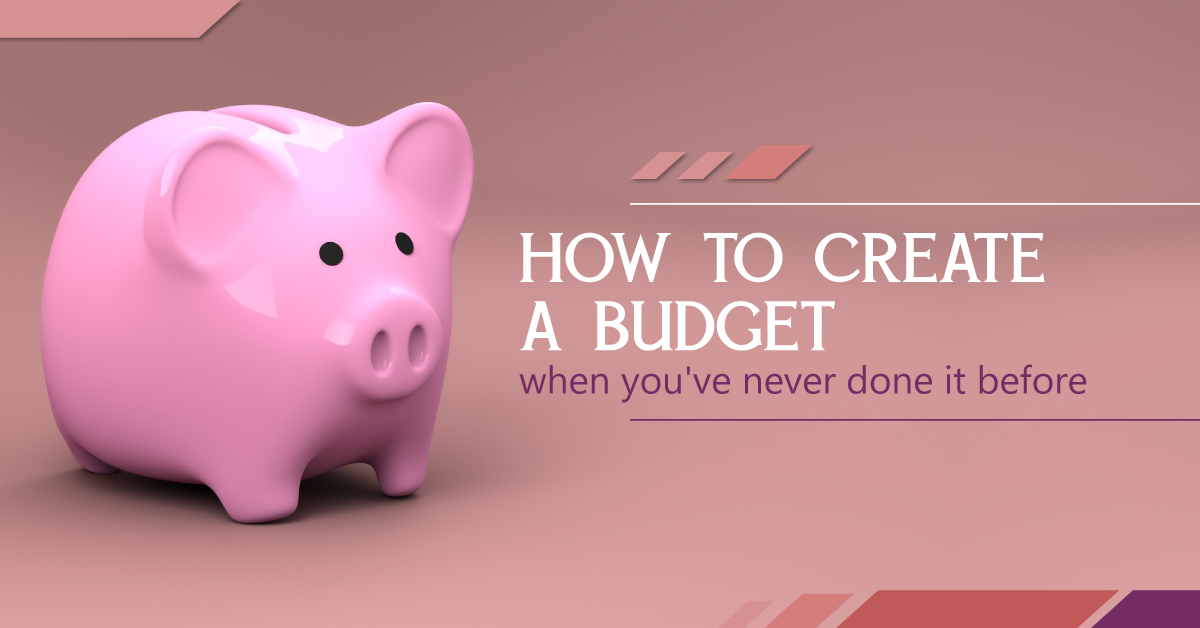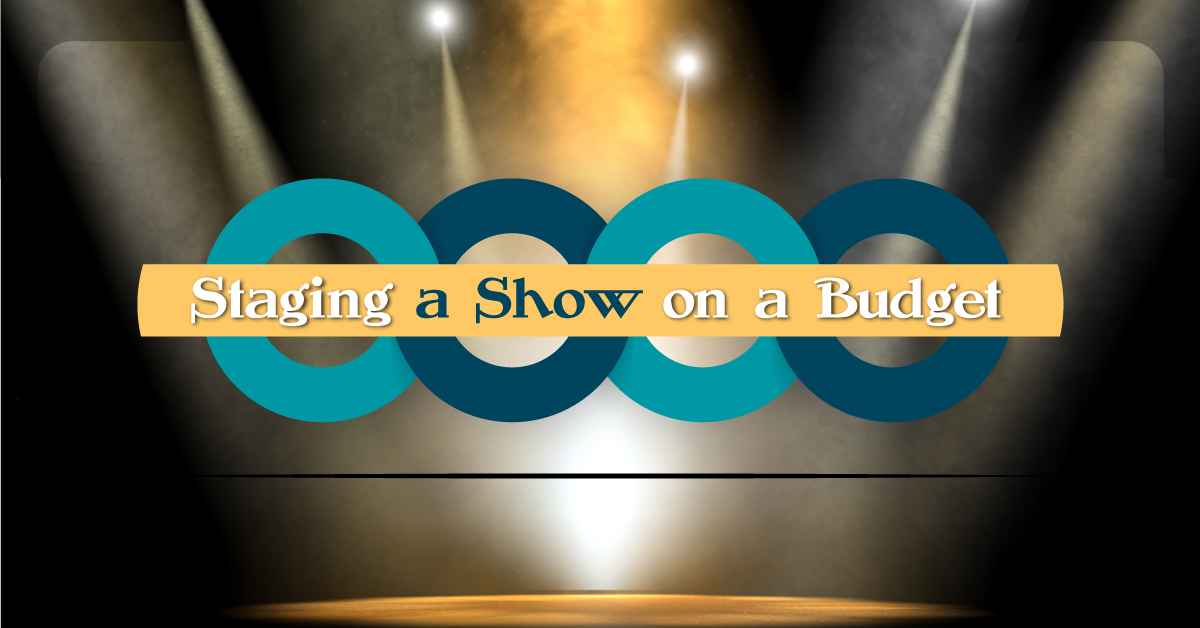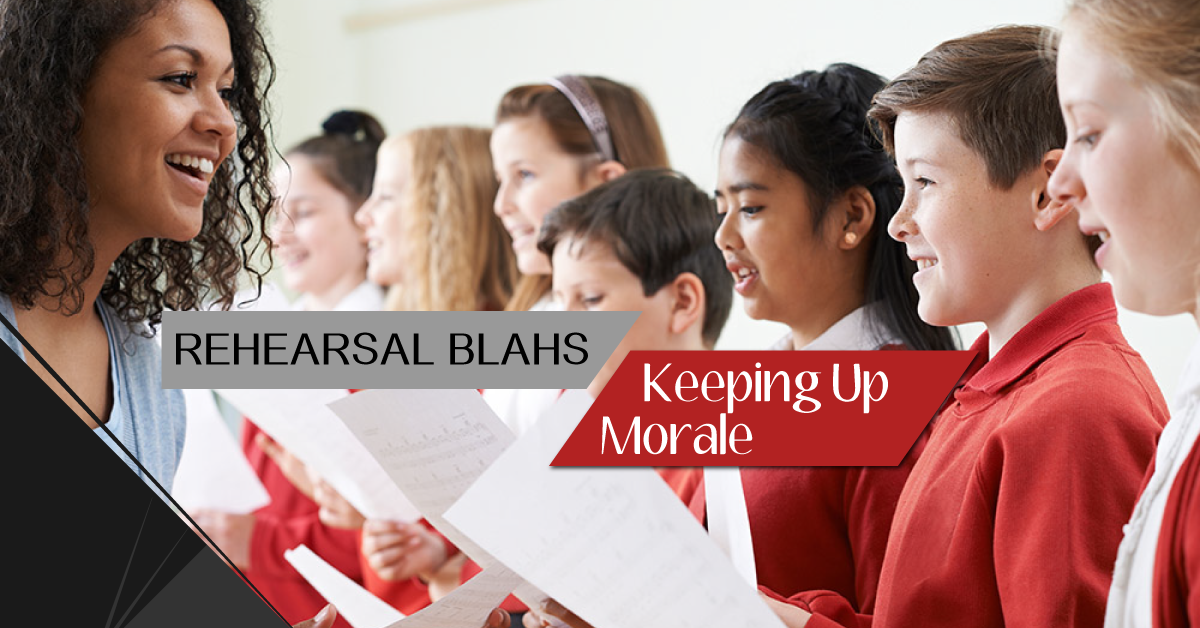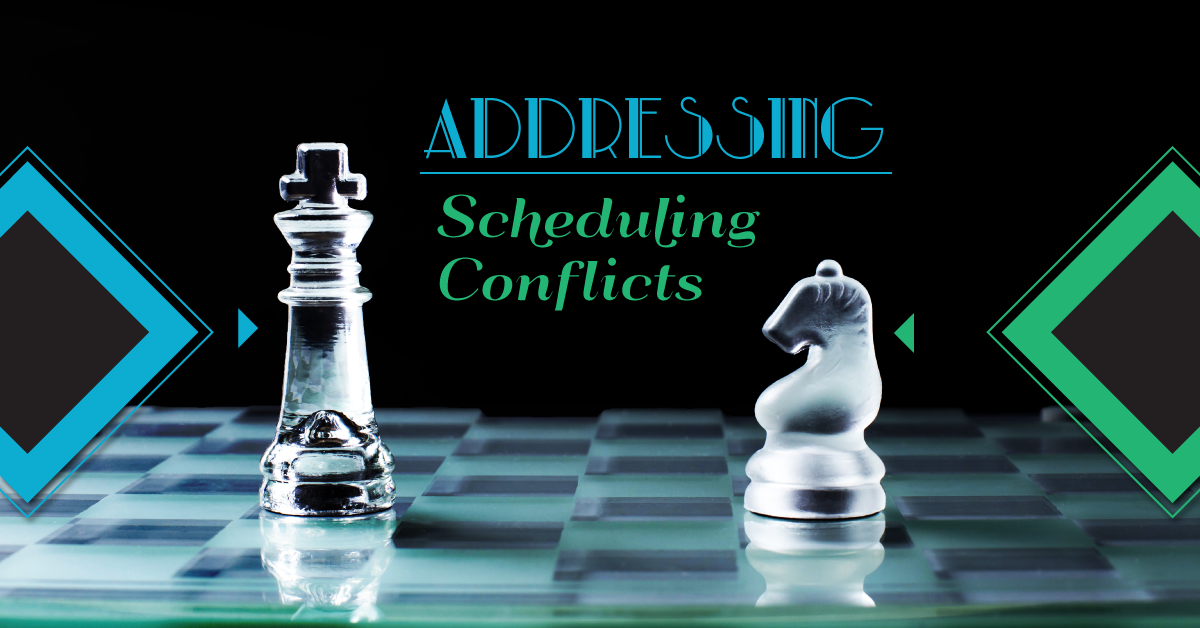How to Create a Budget When You’ve Never Done It Before
You’ve gotten the go-ahead from your school’s principal to produce a show this year! You have an awesome show in mind that would be absolutely perfect for your students, and you can’t wait to get started. Let’s just grab a script and go, right?
Slow down there! It’s not as simple as that. It costs money to produce a show – even the smallest, most basic production. You’ll need to create a budget for your production so you can track where the money is coming from and where it’s going. It may seem intimidating to create a show budget if you’ve never done it before, but let’s break it down into smaller steps.
1. How much is this production going to cost?
This is the million-dollar question (or in the case of many school shows, the $1,000-or-less question). The first thing you must do when planning to produce a show is to figure out exactly what you’re going to have to spend money on and how much you think everything will cost. Every show is different and will have different needs.
Sit down with your laptop and create a simple spreadsheet. I use Excel. The first column is called Expenditures. In that column make a list of everything that you could possibly imagine spending money on. Consider the following:
- Performing rights for the show
- You absolutely cannot do a show without purchasing the rights to the production – to do otherwise is illegal! This may also entail purchasing a logo package and video licensing, if they’re available.
- Scripts and score – enough copies for all cast and crew members. Don’t forget to include possible shipping costs.
- Venue rental if you have to rehearse or perform somewhere other than the school
- Insurance if the school doesn’t already cover it
- Salaries/wages/honorariums if you are hiring outside professionals to work on your show – such as directors, musical directors, choreographers, fight directors, designers, band/orchestra members.
- Costumes
- Sets
- Props
- Hair/makeup
- Equipment rentals – this will depend on what equipment your school already has for sound, lighting, spotlights, microphones, video projection, and special effects.
- Printing – programs, posters, handbills, sign-in sheets, etc.
- Publicity
- Miscellaneous – you never know what expected costs might come up!
Call the second column Estimated Amount. In this column record how much you think each item in the first column will cost. Some of these dollar amounts will be easily available to enter, such as the cost of performance rights – just check the website of the show you want to produce, and the costs will generally be clearly listed. (Check out Theatrefolk’s awesome collection of plays to get an idea of this!)
But for some items, you probably won’t know how much money you’ll need. Sometimes, you just need to estimate. If you think you’ll need to spend more money on costumes than on props, put a higher amount in the costume section. Always estimate on the high side so you’ll have a little wiggle room when it comes to Step 2…
2. How much money do you currently have?
This is your starting amount, the money you have right now. This could be money carried over from the last production, the amount of money that your show has been allotted from the school’s budget by the principal or board, or money from a grant or a kind donor. Either way, it’s the absolute minimum amount of cash you know you have to work with. Compare this amount to your estimated total amount of expenditures in Column 2. I’m betting this amount will be a lot smaller. If it’s not – way to go! Order those scripts and start planning for your auditions! For the rest of us, it’s on to Step 3…
3. How much more money can you get?
Think about how you can earn or raise money for the show. On a new table (or just below your previous table), create a list of possible income-generating ideas, and how much money you might be able to make from each. Consider the following:
- Ticket sales
- Will you charge for tickets? If so, how much will you charge?
- Will you have a different rate for adults, seniors, students, children? Or will you charge everyone the same amount?
- Will any of the seats cost more than others? (For example, will the balcony be cheaper than the mezzanine?)
- Will all the performances have the same ticket prices? Or will you offer special deals (such as early bird pricing, student rush, a less expensive “preview night”)?
- How many performances are you offering? More performances will give you more opportunities to take in revenue, but will also cost more in terms of your licensing agreement.
- What is the capacity of your theatre?
- When calculating potential ticket sales, never assume you will sell out every performance. You might want to start with 50% as an estimated number of tickets sold. Consider past performances and how well they’ve sold.
- Program ads
- Corporate sponsorships
- Donations
- Grants
- Fundraising
- Concession/merchandise sales
Assume that you’ll receive the smallest amounts possible from each source. This is the opposite of your expenditures, where you assume everything will cost more than you expect.
4. How does it all balance out?
Compare the amount of your total estimated expenditures with your total estimated income. Your estimated income minus your estimated expenses is your estimated profit. You don’t need to have a huge profit, but you need to at least break even – which means your expenses cannot exceed your income.
If your expenditures are a much larger number than your income, you’re either going to have to reduce your expenses or increase your income. If you need to reduce your expenses, think about what your absolute necessities are versus those items that are just “nice to have.” You also may need to sacrifice something in order to achieve your must-haves; for example, perhaps you can reduce the number of microphones you need to rent in order to have enough money to purchase matching costume uniforms for your actors.
5. Going forward.
Add a third and fourth column to your spreadsheet (Column 3: Actual Amount and Column 4: Difference) so you can track the actual amount of money spent, and calculate the difference from your estimated amounts. This will show exactly where you spent/saved money, and help you to plan your budget for future productions.
Exercise:
Using the steps indicated above, students will pair up and create budgets for their school’s four-performance production run of Agatha Rex by Lindsay Price. They have a cast of 19 actors and a crew of 5 (director/producer, assistant director, stage manager, assistant stage manager, head designer). The school’s principal has allotted them an initial amount of $1,000. All other details are up to the discretion of each pair. Use the tables in the Giveaway as a worksheet. Space is included for any necessary notes (such as reasons/justifications for larger or unusual expenses).



